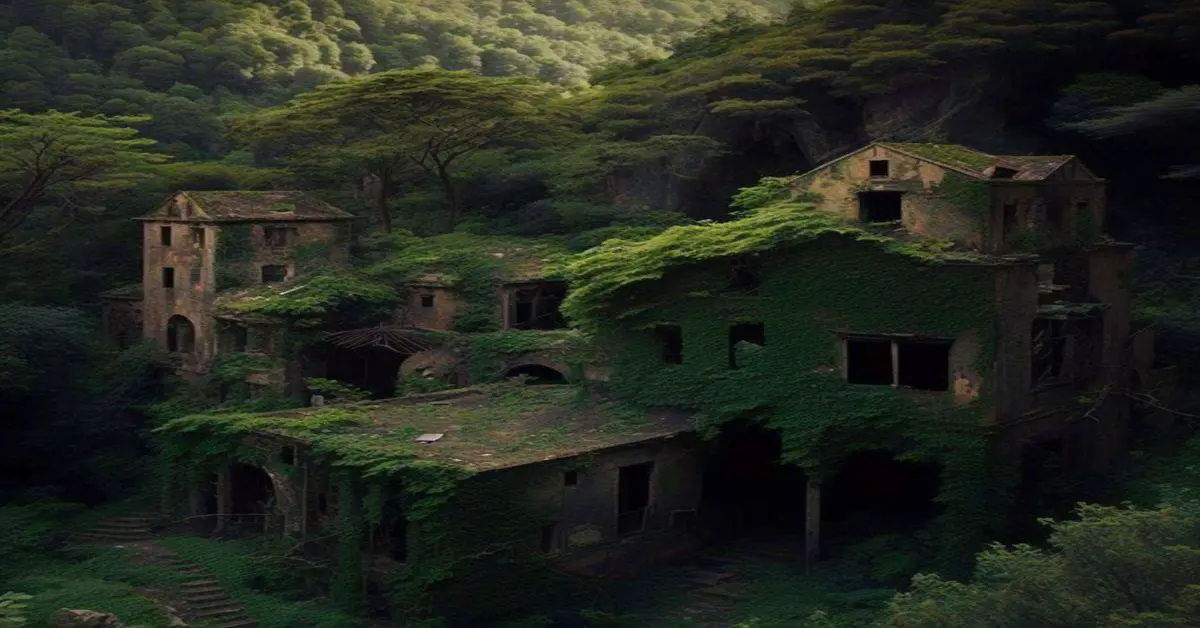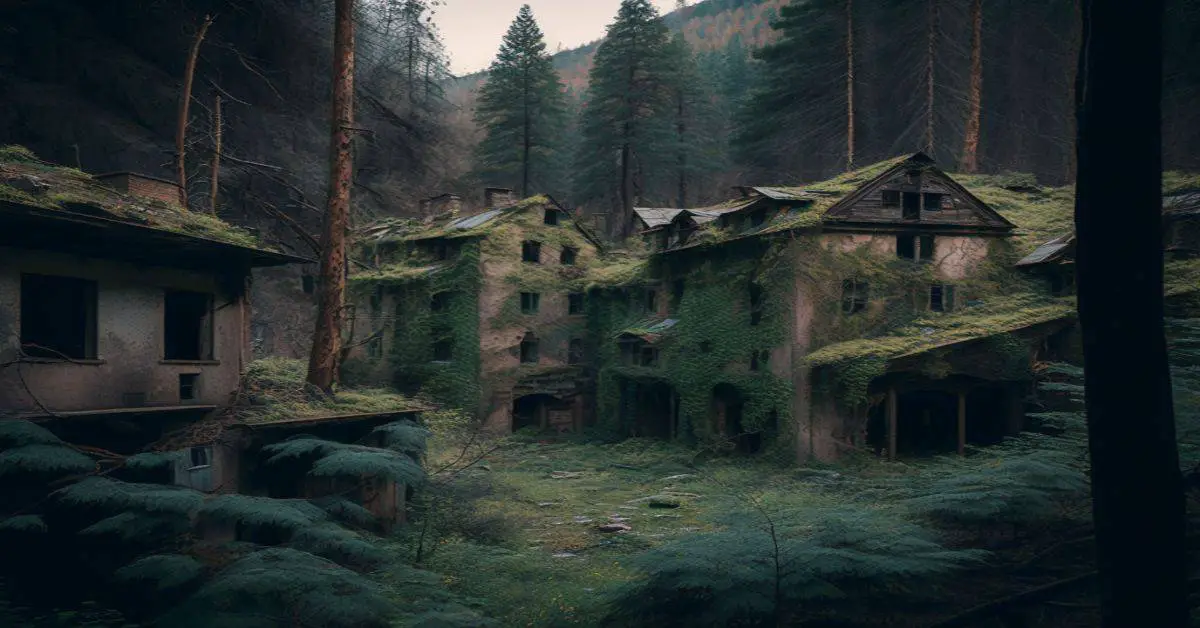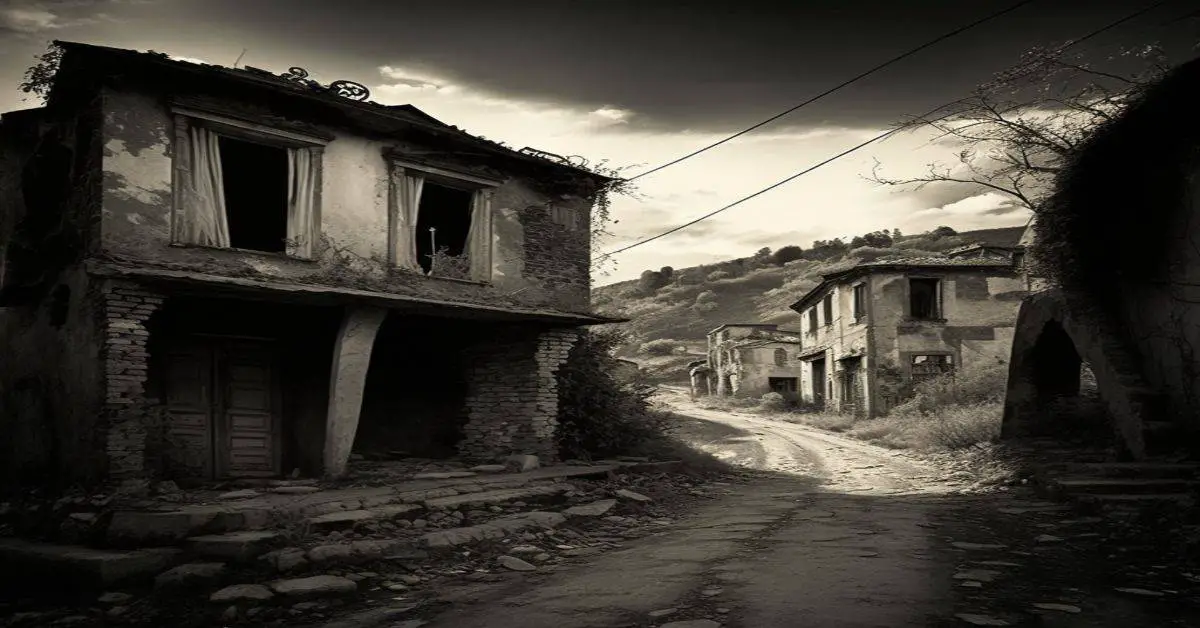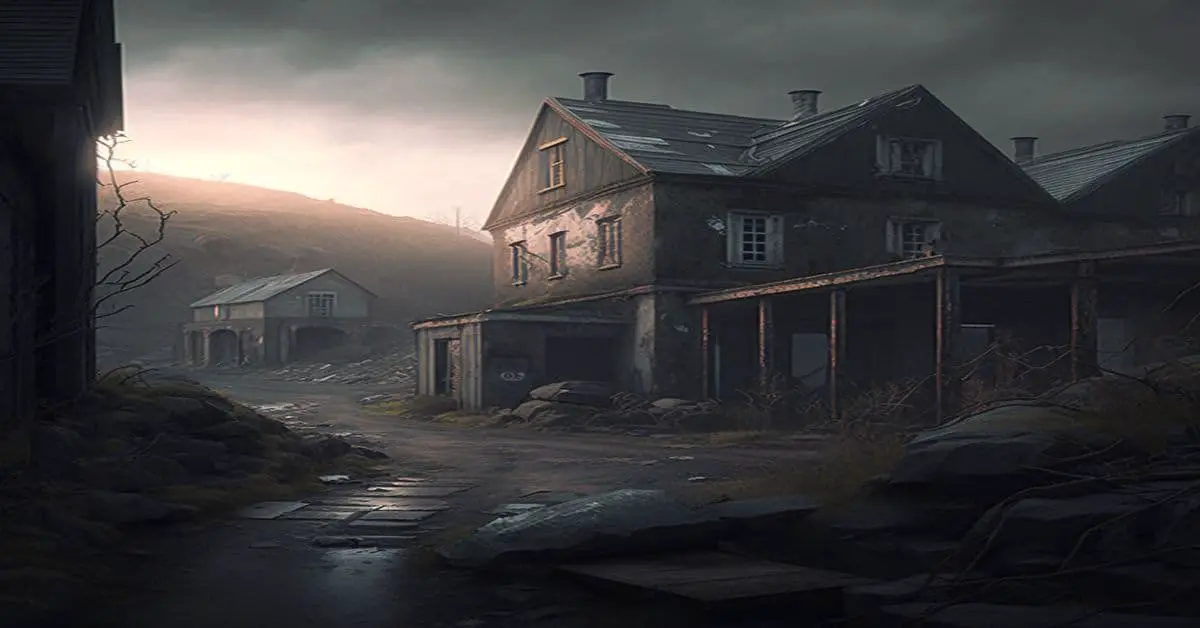Ghost towns may conjure up images of tumbleweeds blowing through empty streets, but there’s more to them. Some have been abandoned for decades or even centuries. Others were once bustling communities teeming with life — only shuttered by economic hardship or natural disaster.
Then there’s the small percentage of ghost towns with a dark past. Here are 13 spookily quiet communities across America where you can experience real-life haunted happenings firsthand.
Bodie, California
This former copper mining community was founded in 1861. It eventually boasted 4,000 residents. Unfortunately, the price of copper plummeted in 1893, so most residents left. The community was primarily deserted until the 1980s, when a handful of businesses reopened.
Now, Bodie offers a quaint downtown atmosphere with coffeehouses, restaurants, and bars. Visitors can see the historic Copper Queen Hotel along with other old buildings. Bodie is also the site of a famous annual July festival called “Copper stock,” which draws thousands of attendees.
Don’t worry if you miss it — there are plenty of other ways to get into the spirit of things. If you’re looking for lodging, try staying in one of two nearby motels. You’ll find prices start at around $40 per night.
Kennecott, Alaska
Kennecott was established in 1903 by Clarence Warren and Jack Smith, prospectors who discovered ore containing high levels of copper, lead, and zinc. Over time, the company grew to employ thousands of people. But in 1938, the mining operations closed down, and the town gradually diminished.
Only a few buildings remain today. Some properties have become private residences, while others serve as museums and galleries. Visitors can take guided walks through the town, stopping in old mines and seeing historical artifacts. Tours run every day except Christmas Day.
Santa Claus, Arizona
Santa Claus, Arizona, was founded in 1937 to house construction crews working on the White Mountain and Red Rock railways. As such, the town was once full of rowdy laborers enjoying the hospitality of their employers.
However, the railway never materialized, and the economy soon took a nosedive—most residents left by the 1980s. The town is almost empty, apart from a few surviving bungalows. Just over five miles south of Santa Claus lies Lost Dutchman State Monument.
Here, you can hike among cacti, rocks covered in saguaros, and other desert flora. There’s also a visitor center and a museum displaying relics related to the settlement. Sadly, there are no official accommodations in Santa Claus.
Thurmond, West Virginia
Thurmond was founded in 1900 as a waystation between settlers, stagecoaches, and freight wagons. Today, it’s a tiny hamlet located in southern West Virginia. Since 2010, the population has been at an all-time high of 464.
It’s unclear whether Thurmond’s new growth is due to retirees relocating from other parts of the country or if they are moving into smaller communities with more available housing. Most residents who have moved here in recent years were previously living elsewhere.
Glenrio, New Mexico/Texas
Glenrio was first inhabited in the 1880s as a waypoint between San Francisco, California, and Fort Worth, Texas. The railroad stopped serving the town in 1982, and by the 1990s, it was mostly vacant. The community consists of three trailer parks and a primarily abandoned shopping mall.
Still, Glenrio is not devoid of human life. Several families live in trailers in the middle of nowhere, and the town occasionally holds events like car shows and auctions. Drive north on I-20 from Dallas to get there, taking exit 285A. Stay at the Glenrio RV Park in New Mexico or Texas State Route 327 East in Texas.
Centralia, Pennsylvania
In 1892, an iron mine opened near here thanks to the discovery of anthracite coal. But when it became clear that mining was too costly, workers began leaving en masse. By 1920, all industry had disappeared from the town. Today, the population is just over 100 people.
Today, visitors can tour the remains of the abandoned city. The community center has exhibits about its history, while the adjacent ruins contain the last remaining homes. There are also several ghost tours offered daily. Prices vary depending on your tour (including a meal) and whether they pick you up at home or a hotel.
Custer, Idaho
Custer, Idaho, is perhaps best known as “America’s Luckiest Ghost Town.” In the mid-19th century, miners struck gold in this area. They built their makeshift village, including churches, schools, hotels, saloons, and brothels. Soon after striking gold, the miners ran out of water and food.
Many died from disease or starvation before finally abandoning the town in 1865. Today, the main street is still lined with wooden houses and shops. The town hosts many festivals annually, including one dedicated to the miners who originally lived here.
You can stay overnight at one of the few remaining cabins in the community. Prices range from $59 per night to $199 per week.
St. Elmo, Colorado
St. Elmo was once a prosperous mining community. Founded in 1870, it boomed thanks to silver mining in the late 1800s and early 1900s. But then, the silver market crashed. With the loss of the industry, all 2,200 residents moved away by 1940.
Today, the town is sparsely populated, mainly by ranches and farms. Though you won’t be able to go inside any structures, you can walk around the perimeter, admiring the scenery and listening to the birds chirping. The closest thing to an inn is the St. Elmo Motel, about 20 miles away. Accommodations start at $60 per night.
Rhyolite, Nevada
Rhyolite got its name from a mineral found within the local sandstone. Once a thriving boomtown with 1,500 residents, Rhyolite went bust following a devastating fire in 1906. Just 11 years later, it was abandoned entirely. Today, the town is pretty much exactly what you’d expect.
Its main street is lined with souvenir stores, art galleries, and antique dealers. However, Rhyolite hosts an annual Halloween event with hayrides and beer tastings. There are no official accommodations available in Rhyolite. Instead, stay in one of the neighboring towns of North Las Vegas or Henderson. Prices start at around $75 per night.
Cahaba, Alabama
Located between Birmingham and Montgomery, Cahaba was settled by formerly enslaved people during Reconstruction. Union troops used the town as a supply depot during the Civil War. Afterward, business owners made it a hub for cotton production.
Eventually, railroads came knocking and brought prosperity. By 1930, it had become Alabama’s largest municipality, with 5,000 residents. Unfortunately, the Great Depression and World War II dramatically reduced the number of jobs. And then, in 1959, Hurricane Rosa blew through and destroyed everything in her path — including the town itself.
The final blow came in 1976 when Interstate 65 bypassed the town entirely. Nowadays, Cahaba serves mainly as a tourist attraction. Although no attractions are geared explicitly toward tourists, locals are friendly and welcoming.
Stay at the Best Western Plus Cahaba Resort & Convention Center ($79 nightly) or the Days Inn Cahaba ($49 nightly). If you want to eat, try visiting the nearby restaurant, Blackberry Grill.
Nelson, Nevada
Nelson was founded in 1889 on the banks of the Truckee River, making it Nevada’s oldest community. At its peak, it had nearly 10,000 residents. Like many other ghost towns, it suffered a decline in the 20th century. In 1969, the post office closed, followed by the school in 1977.
Today, the town is almost entirely uninhabited. The only signs of life are a couple of general store/gas stations and a cemetery. Still, Nelson makes an excellent destination for hikers and bikers who enjoy exploring the surrounding wilderness. Try the Silver Peak Lodge, which offers rustic log rooms at $159 per night for those looking for accommodation.
Bannock, Montana
Like many other ghost towns, Bannock was founded to support mining. When silver prices dropped in the 1890s, the town dwindled. Today, the community is nonexistent, aside from a few scattered dwellings. Although the town is entirely desolate, it’s worth stopping if you drive east on U.S. 89.
About seven miles outside of Bannock, look for the Cottonwood Campground turnoff. Next door, this campground, and another offer camping sites and access to hiking trails.
The Blue Hole, West Monroe, Louisiana
The area near West Monroe is often referred to as the heart of Shreveport-Bossier. It contains many exciting things: historic homes, a Civil War battlefield, an old riverboat casino, and a handful of ghost towns. In addition to these, it also has one of the strangest stories.
According to legend, on a night in 1889, a young woman was driving home with her boyfriend when they were suddenly attacked by a man wearing a blue suit. After she ran off, he followed her to the edge of town, where a tree branch killed her. He then disappeared into the nearby West Monroe Blue Hole, which formed an underground river.



